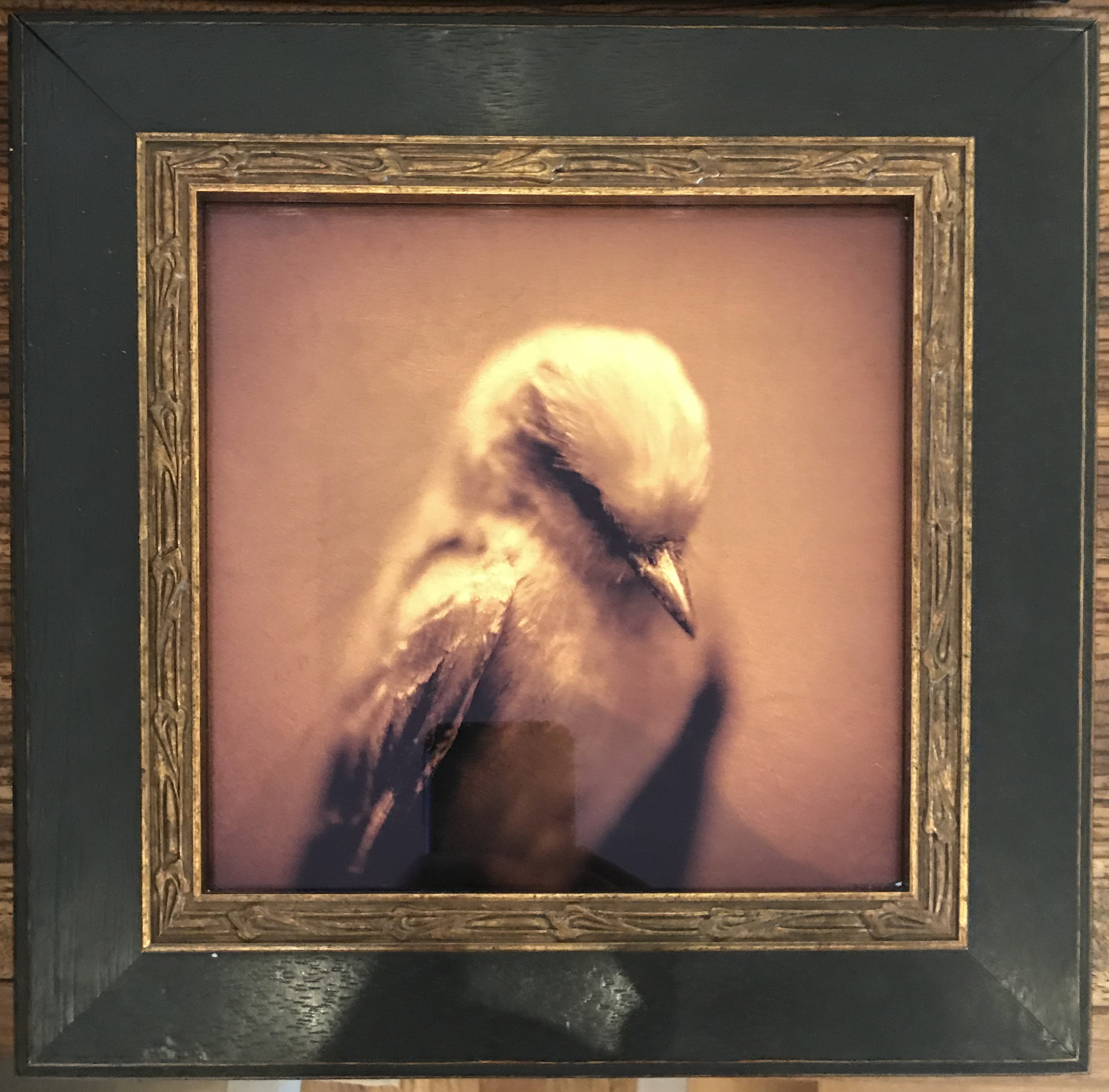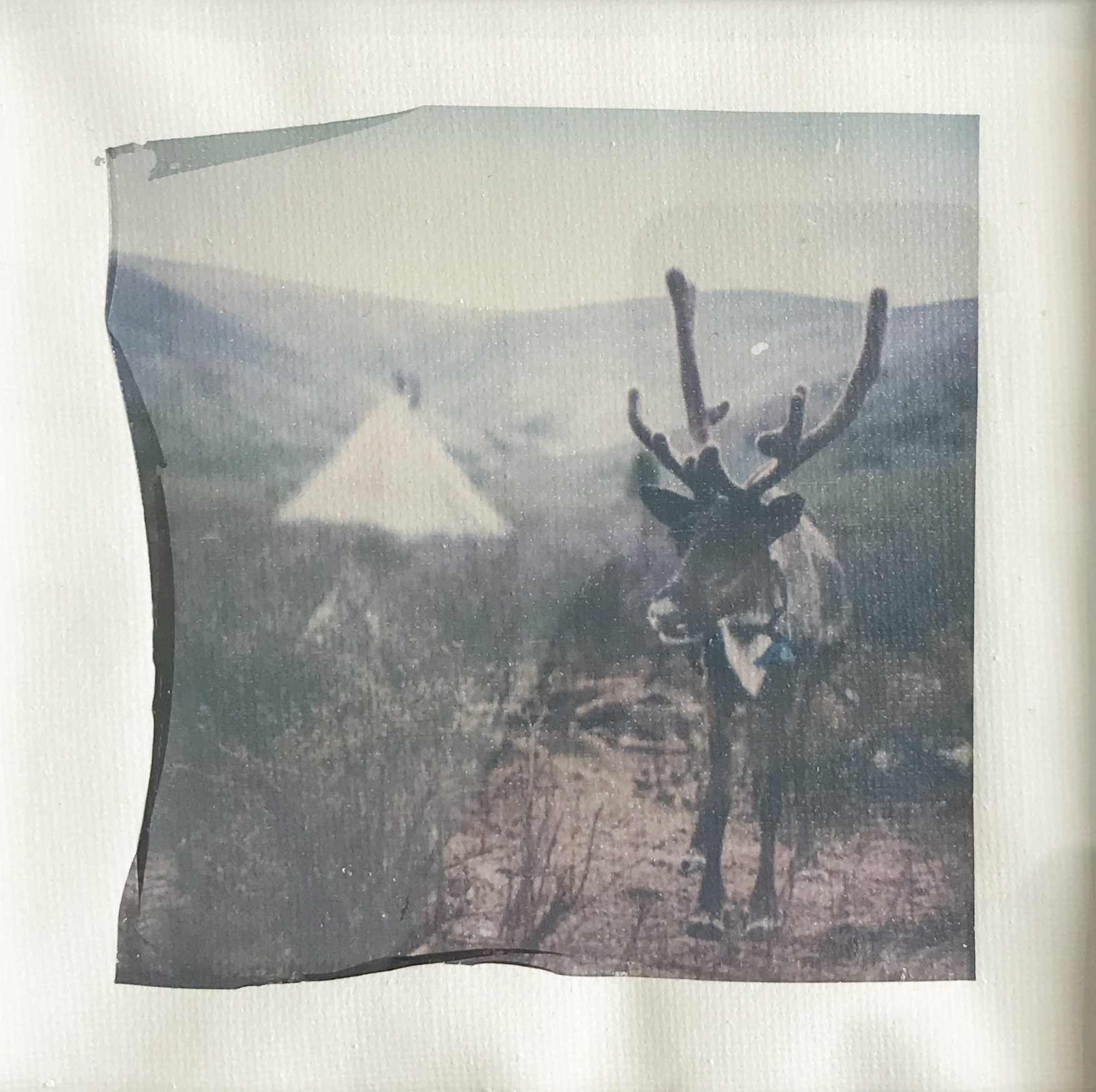Throughout the year, the Don’t Take Pictures staff visits exhibitions all over the country. We don’t always have space (or time!) to review all of them, so we wanted to take a moment and reflect on a few shows that Senior Editor Roger Thompson visited during his travels this past year.
Tree with Two Streaks, Sally Mann at The Gibbes Museum of Art
The Gibbes Museum of Art in Charleston, South Carolina, is, according to one staff member I spoke to, actively seeking to expand their photography holdings. While the museum boasts an admirable collection of portraiture, they have clearly dedicated resources to photography. With recently acquired work by Sally Mann (“Tree with Two Streaks”), as well as work by Stephen Marc, Doris Ulmann, and Margaret Bourke-White, they have a foundation on which to build.
Kelly Sena at Nemeth Art Center
In north central Minnesota, a progressive curator for the Nemeth Art Center is bringing new energy to the center. Well known in the area for a remarkable collection of Old Masters paintings, NAC has shifted course under Michael Dagen, who, while respecting the history there, is also bringing national contemporary art talent. The result is a growing reputation and, more importantly, remarkable shows. In the summer 2017, I was lucky to see an exhibition that included work by Kelly Sena and John Gomez. Drawing on the history of photography, the exhibit also included historical night imagery by George Shiras, but the real standout was the large-scale drama created by Sena’s work. It hasn’t left my head (or heart) since I saw it.
Joel Salcido at Gallery North
Austin’s lively East Art Festival is now a thriving annual event. More than 100 spaces host hordes of art lovers as they prowl through galleries and studios. The amount of photography on view in 2017 was slim, but Joel Salcido’s work (Gallery North) of the Tequila making process was thoughtfully conceived and beautifully printed, and Recspec Gallery showed the sensual work of Christa Blackwood. Some of Blackwood’s work, printed on rice paper, suggested intimacy and touch, whereas others, platinum on vellum, positively glowed. Her images are pristine, her subjects beautiful and alluring.
Kate Breakey at Stephen L. Clark Gallery
Near downtown Austin (but not part of the East event), Stephen L. Clark Gallery had Jack Spencer and Kate Breakey on view. Spencer’s work was on the floor leaning against the walls and Breakey’s was spread across an expansive table top. Breakey’s magical work, with its luminescent gold tones and dark figurings, seemed well at home on the table, and their presentation there allowed for close examination—a kind of wonderful opportunity to touch, feel, and engage with the work. Spencer’s work is, as always, stunning and beautiful. I admit, though, that after having seen so much wonderful work in Austin, I wondered why the city does not have a photography gallery. The arts are thriving in the city, and the youth of the city suggests a real market. I can’t figure out why, as an art town of nearly 2 million people, Austin does not have a greater photography presence.
Caty Smith at Exhibit Gallery
Tulsa’s Gilcrease Museum, known for its collection of Western art and Native American artifacts and art, hosted Shan Goshorn's compelling exhibition of images woven as vessels. The vessels hearken to a history of weaving, but in using photographs of historically important events as the material of construction, the work effectively reclaims representation of Native history. The objects are both beautiful and challenging. They confront us with two pasts, neither escapable. By contrast a retrospective of David Halpern’s photography, indebted to Ansel Adams, invoked the romance of the West and the beauty of the natural world. Filling Gilcrease’s central atrium, the show was a fitting testament of Halpern’s career. Not even three miles from Gilcrease, Exhibit By Aberson, a relative newcomer to Tulsa’s art scene, had work by Caty Smith. By using the inner layer of film in a Polaroid and placing it, however imperfectly, on canvas, Smith creates work that seems far more permanent than the medium being used. There is a haunting quality to the work, and of the various methods of manipulating Polaroids that I’ve seen, this is the most intriguing and beautiful. The contrast between canvas and photograph points to a blurring of artistic lines that simultaneously points to the history of each medium and its instability. As a result, the work suggests similar instability in the natural world being represented. It suggests loss, even melancholy, and yet it does so by invoking the artistic histories that made the images possible in the first place. Those histories are hardly neutral, and neither are Smith’s images. Beauty, here, comes with a cost.
John Brill at Spring Break
The interplay between history, loss, and personal cost reminds me of the final exhibition I wanted to remember from the last year. In the 2017 Spring/Break Art Show, Kent Fine Art provided a full installation of John Brill’s work and was a highlight of the year. We’ve covered John Brill’s work before, and I personally continue to admire the devotion to film, processing, and darkroom work that his work requires. Yet, that admiration pales in comparison to the experience of standing in a fully immersive room of his work. Set up as a bedroom, with various media that embodies Brill’s obsession with detail, the installation has haunted me for the past 10 months. It’s a haunting I welcome. Brill’s work leaves you ducking for covers even as it insists that you have to peek out and see what it is that is floating in your room, in your history, in your imagination. Hiding simply isn’t possible, no matter what our ghosts may look like, and Brill’s installation reminds us that they have a home in our lives. In fact, they it reminds us they are our lives.
For 2018, we’ll be back to many of the same art fairs and shows, and we’ll keep poking our heads into galleries across the country. Expect some looks from out West this year, as well as a few surprises closer to home.
Roger Thompson is Senior Editor for Don't Take Pictures. His features have appeared in The Atlantic.com, Quartz, Raw Vision, The Outsider, and many others. He currently resides on Long Island, NY, where he is a professor at Stony Brook University.







